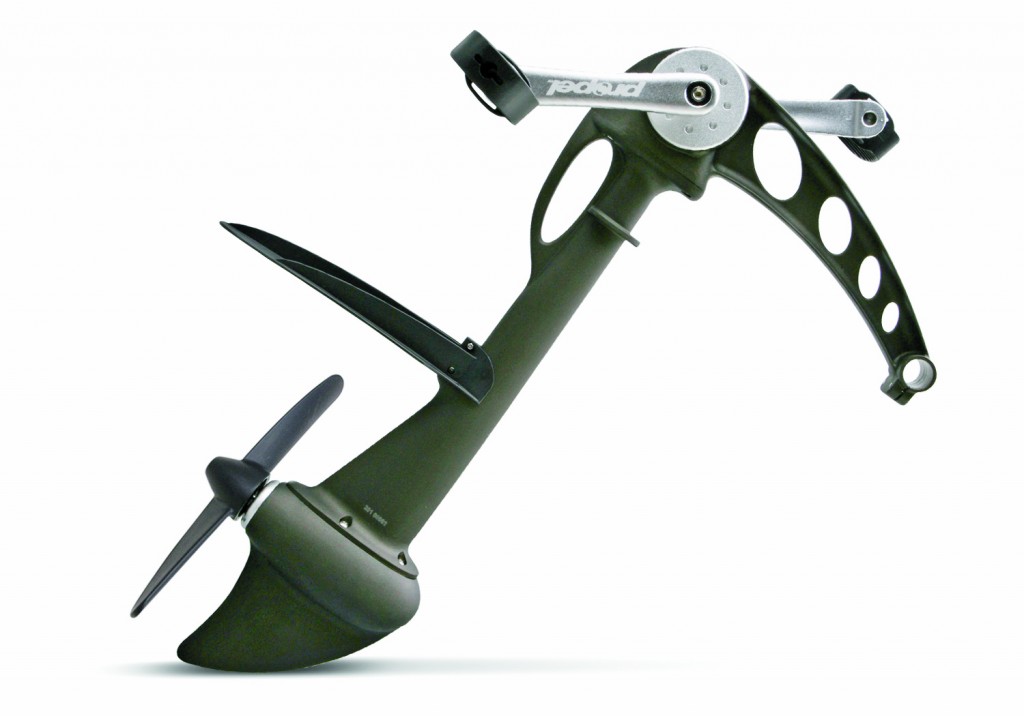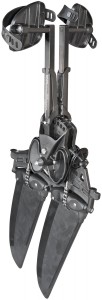March 03, 2016
By Florida Sportsman
How to care for state-of-the-art foot-propulsion systems.
By Jerry White
 Propel unit from Native Watercraft consists of sealed components.
Propel unit from Native Watercraft consists of sealed components.
Florida has thousands of miles of coastal shoreline to cover, not to mention a few lakes here and there. Paddling can be strenuous, even if the rewards are many. So, logic suggests that you take advantage of the bigger muscles and leave the hands free to make casts. Enter Hobie (with the Mirage Drive) and Native Watercraft (with the Propel System). Thanks to these leg-driven hands-free marvels, it's now possible to cover a lot more water, and make a lot more casts. The paddle is rarely used. Man, life is good.
Yes, the grass may be greener on the other side, but it too must be mowed. Both of these drives are truly ingenious and have been designed for minimal maintenance. But they still require some preventative and routine maintenance. At first glance the exploded diagrams for both can be a bit intimidating. But you'll find these tasks to be easier to accomplish than folding a fitted sheet.
CLEANING:
As with any high-end reel you might use, similar care should be taken when cleaning these drives. Always remember you want to rinse the bad stuff off, not push it deep in to the moving parts where it can do irreparable harm. Sand is a four letter word – keep it out of the working parts. Rinse off the drives with fresh water, fight the urge to blast them. Then, grab the shop-vac and vacuum dry them. You definitely want those drives clean and dry before you apply any sort of lubricant.
ADJUSTING THE DRIVES:
We can all agree that there's nothing quite like that “new car” smell. Same goes for both of these systems. On day one they're tight and responsive. But if you truly use your pedal boat, you will need to make some adjustments to keep them in “new car” condition. Hobie and Native Watercraft have fantastic manuals and videos available to aid in making these adjustments, so certainly consult those before you head for your toolbox. But the basics are similar – look for opportunities to tighten things that are loose.
HOBIE MIRAGE:
 Hobie MirageDrive requires a little bit of maintenance, but not much.
Hobie MirageDrive requires a little bit of maintenance, but not much.
The cables and chains on the Mirage drive should have a small degree of play. The most simple measurement of that degree is to tighten and test. If it's too tight, back off a bit. Pay special attention to the fins and their supporting masts. They are the parts that hit rocks and oyster bars, so those parts will show wear and misalignment first.
NATIVE PROPEL:
The workings of the Propel drive are mostly behind sealed covers. So the main adjustment is to simply ensure that those covers are snug and secure. Just keep in mind that you're not working on the rear axle of a dump truck, so snug means snug. Pay special attention to the propeller and shaft, since those parts likely come in contact with bad things.
LUBRICATING:
Moving parts need to be lubricated – plain and simple. Petroleum based lubricants certainly have a place in this world, but not here. After a day on the water you want those drives slick, and without sludge. Think of this in terms of sunscreen. You want protection but you don't want to make it easy for sand and other debris to stick to the moving parts. Native requires that you use “Finish Line Teflon Grease” as a lubricant. My Hobie dealer recommended “Sailkote High Performance Dry Lubricant.” I've been pretty rough on my Mirage drive over the years and it's still performing well.
AN OUNCE OF PREVENTION:
Traditional kayaks can go where it's very skinny, and most of us started out in one. Pedal powered kayaks simply can't go quite as shallow. But even the most experienced peddlers forget about the drives beneath them and run into things. Once you feel that bump from the bottom, resist that primal urge to muscle through it to get to deeper water. Go old school – grab the paddle – spare the drives. The Mirage and the Propel drive can be raised in order to get skinny, you just have to pay attention. Yeah, that's easier said than done when tailing reds are in a foot of water … - FS
First Published Florida Sportsman Jun. 2012

